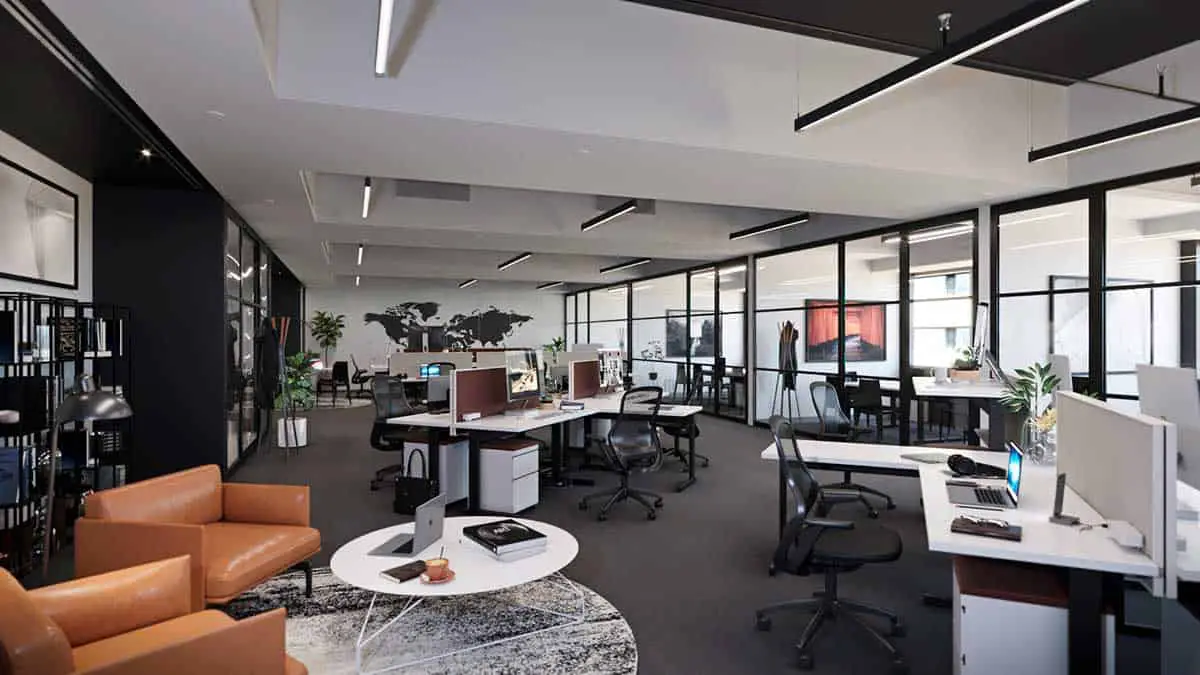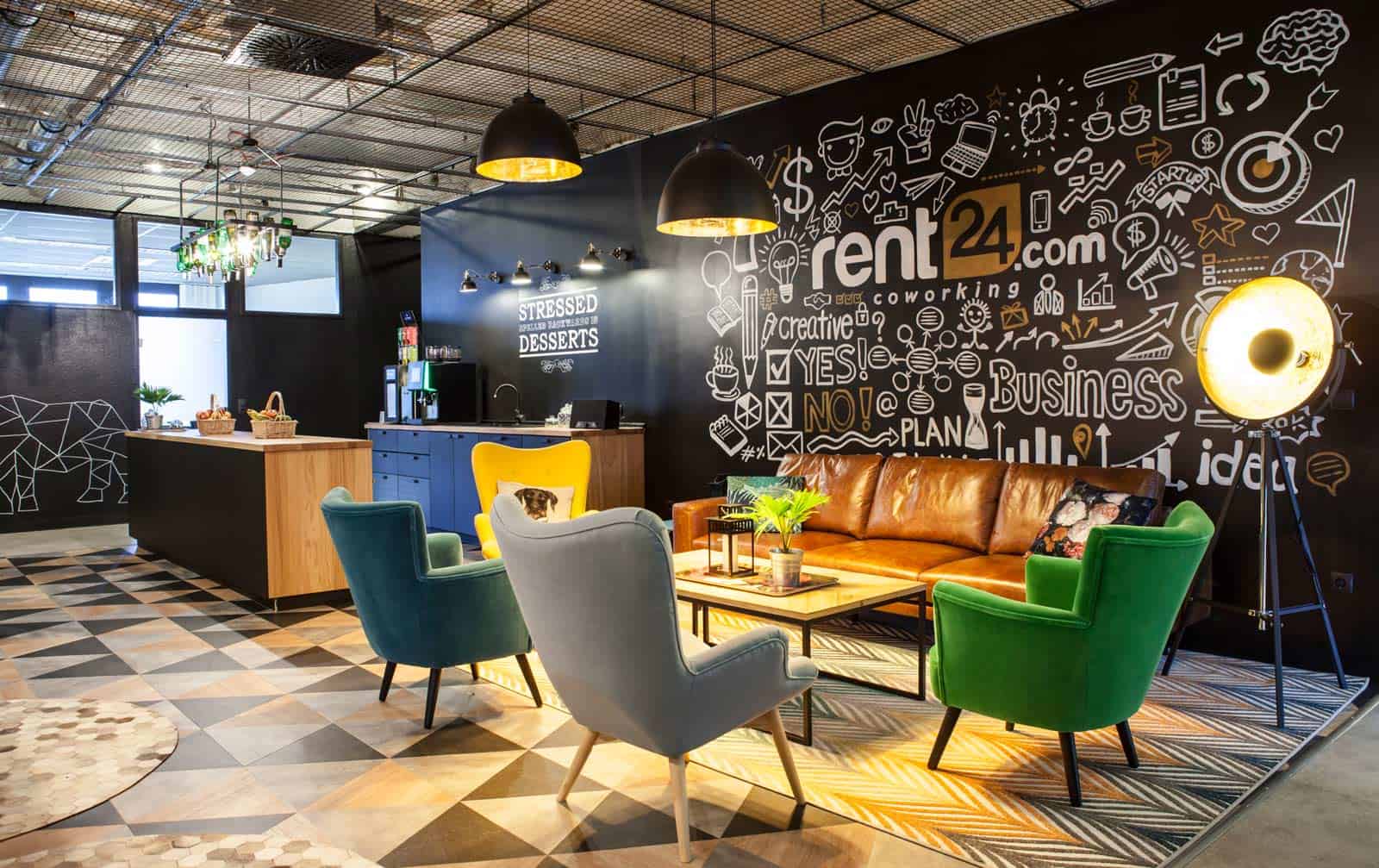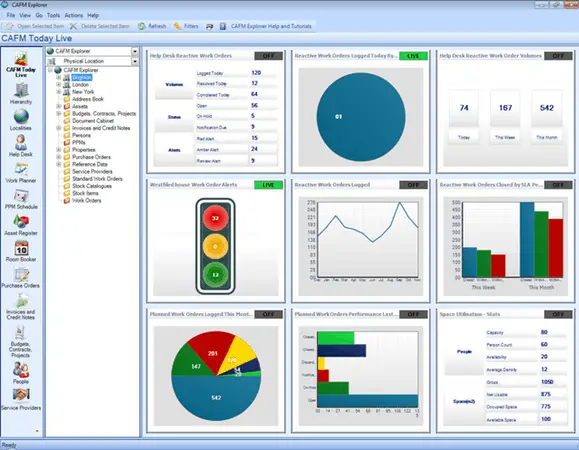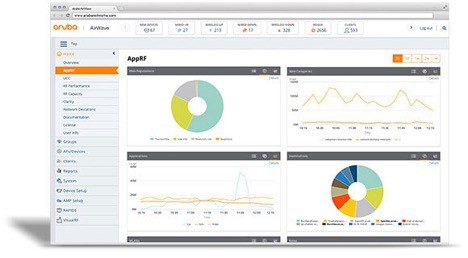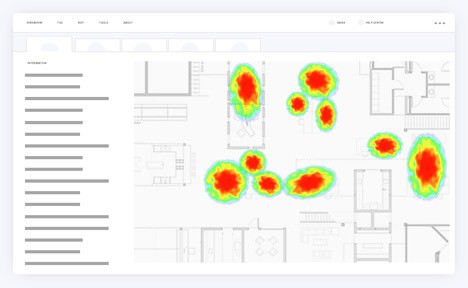Organizations spend a lot of money yearly on wellness programs – on yoga classes, health funds, gyms, and the like. But studies have shown only mixed results with low take-up rates among workers.
But, what is workplace wellness program? Workplace wellness is any workplace wellbeing promotion activity or hierarchical strategy intended to enhance healthy behaviors in the workplace and to improve wellbeing results. Referred to as ‘corporate wellbeing’ outside the US, workplace wellness regularly includes exercises such as health education, medical screenings, weight management programs, on-location work out regimes or facilities.
A recent study by the American Psychological Association identified five components to be considered to creat it a great workspace. These five components are:
1. Work-life equalization
2. Wellbeing and security
3. Workers growth and improvement
4. Worker recognition
5. Engagement
Read a related article we have written on other ways businesses are creating a sustainable workplace, “What is a Sustainable Workplace? Six Ways To Create A Sustainable Work Environment”.

Four Types of Workplace Welnness Programs
Workplace wellness projects can be arranged as basic, optional, advanced activities, or businesses can create programs that are focused on prevention.
Basic counteractive action programs, for the most part, focus on a reasonably healthy workforce and urge them to participate in wellbeing practices that will support improved wellness. An example of basic prevention programs is stress management and exercise and healthy eating promotion.
Optional or secondary programs are focused on diminishing conduct that is viewed as risky for wellness. Instances of such projects include smoking cessation programs and screenings for hypertension or other cardiovascular sickness-related risk factors.
Advanced wellbeing programs address existing medical issues, and intend to help control or decrease manifestations, or to help moderate the progression of a sickness or condition. Such projects may urge workers to hold fast to explicit prescription or self-guided consideration rules.
Prevention focused programs understand local workforce ways of life and optimize a program for their wellbeing and business productivity. Organizations regularly sponsor these projects with the expectation that they will set aside organizations fund over the long haul by improving wellbeing, resolve and profitability, even though there is some debate about the proof for the degrees of profit for investment. Read a related OSW article “What is a Workplace Wellness Program?”
Eight Examples of Workplace Wellness Programs That Can Be adapted in the Workplace
1. On-site Fitness Facilities
This has been referred to as the most significant corporate wellness activities. Not every business can provide its workforce with a 72,000 square foot fitness facility, but Chesapeake Energy has. It considered the facility worthy of recruiting and retaining a healthy workforce. The fitness facility provides the workforce with a rock climbing wall, an Olympic-sized swimming pool, and access to personal instructors.
The fitness facility is one of the organization’s corporate wellbeing asset. Employees who participate and attain their objectives are given cash incentives.
2. Smoking Cessation Courses
It is an undeniable fact that employees who smoke have more medical problems when compared with non-smokers. A few workplaces have discovered it to their employee advantage, to offer smoking cessation programs.
Union Pacific provides smoking cessation courses that include coaching on lifestyle to their workforce. Their program has helped reduce the number of their employees who smoke from 40% during the 1990’s down to 17% in 2007.
What makes this wellness program incredible?
Union Pacific found that pharmaceuticals alone does not work for its workforce. The inclusion of coaching for employees attempting to stop smoking made a significant impact.
3. Transit Alternatives
Empowering alternative strategies for transportation, for example, bicycle-sharing or public transit rewards, are valuable to the workplace and the eventual fate of the earth. Facebook’s campus located in Palo Alto provides a bicycle sharing system for colleagues to cycle to places around campus instead of driving.
What makes this wellness program incredible?
This sort of program will interest present and potential workers who cherish environmental sustainability. Companies located in cities with bike sharing programs could provide this service to their employees.

4. Theraputic Therapists
Google provides theraputic services on campus, similar to massage therapy, to their employees.
What makes this wellness program extraordinary?
There’s a motivation behind why Google is seen as perhaps the best place to work on the planet. Going well beyond what employees expect.
5. Yoga Classes
Mobify offers their colleagues yoga classes two times every week, which, assuming it doesn’t rain, is moved to their housetop bragging dazzling perspectives Vancouver’s sea and mountains. The most significant prerequisite for practicing yoga is the space to do it, and numerous organizations are utilizing their meeting or lounges to give yoga classes to colleagues all through the workday.
What makes this wellness program extraordinary?
Yoga is a very compelling pressure reliever. Yoga is a viable method to fuse self-care into work, so colleagues don’t need to feel regretful about disregarding work.
6. Lunch and Healthy Snacks
With limited time for lunch, many colleagues feel that they need to eat fast food when purchasing their lunch. Bandwidth offers an hour and a half Fitness Lunch to their colleagues—sufficient opportunity to play a game, hit the exercise center, or to set out home toward a reliable custom made lunch. Once more, Google sets the bar high with their cafeterias, offering cooked snacks and bites to colleagues for the day. Services have sprung up as of late that will convey substantial meals to your office, similar to Natural Source and Mindful Snacks.
What makes this wellness program extraordinary?
Lunch and snack activities will engage the majority of your team—since everybody needs to eat! Advancing good dieting in the workplace benefits everybody in the workplace. Sound and mutual eating projects support collaboration between individuals from various groups, and the cafeteria gives one such spot where a huge and different workforce can blend and interface.
7. Worker Assistance Programs
Wellness means managing the body as well as the mind too. Accenture gives confidential assistance to issues like stress, depression, substance abuse, and anxiety. Accenture knows a ton of business-related pressure can be tended to outside of the workplace through guided help programs, so they give access to programs, for example, money related help, for the majority of their workers. Workers are additionally compensated for defining wellness objectives and achieving them. (Read a related OSW article – Reduce Stress and Anxiety at Work )
)
What makes this wellness program incredible?
Workers who need additional support outside the workplace get the help they need to function their best. Organizations like Accenture understand that help their workers shouldn’t end once they leave the company. By giving additional help activities, associates can convey a specific degree of compassion and backing for their individuals, therefore boosting fulfillment and certainty between the business owner and the worker.
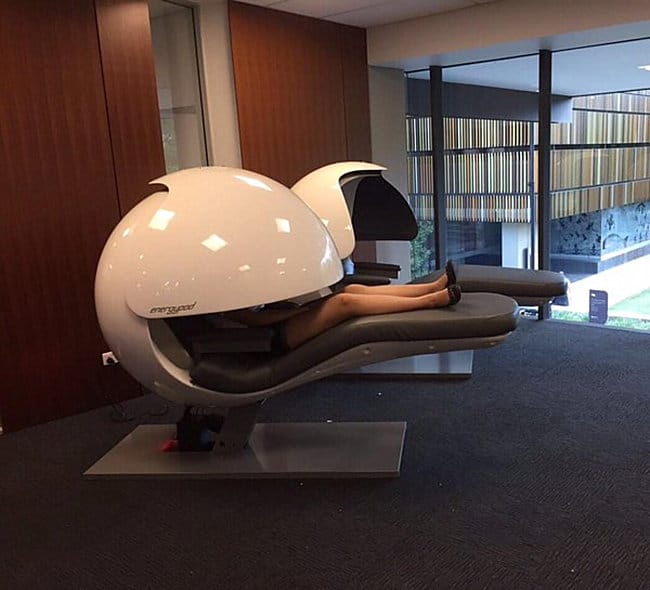
8. Naps
How does an after-lunch nap sound? Proficient or not, there’s no contention that a decent rest consistently leaves one inclination invigorated. That is the reason innovative organizations like Facebook, Zappos, and Asana give particular snooze rooms to workers hoping to get some evening rest. Because of the adaptable work routines, workers can get a speedy rest and come back to their undertakings with renewed vitality.
What makes this wellness program extraordinary?
While having a devoted snooze room isn’t, in fact, a “program”, rest has clinical demonstrated benefits with regards to productivity. We’ve all felt that after lunch drop in mental alertness and intuitively know the benefit of taking a 20 minute recovery break.
Alterantively, it’s enabling emloyees additional opportunity to go outside for a walk or having a quiet location for staff individuals to relax. Everybody gets invigorated in various ways and discovering what those are can improve mental wellness and energy of employees.
We wrote in detail 150 Wellness Programs in our article titled, “150 Employee Wellness Program Ideas (Why You Need An Employee Wellness Program)”
In addition to these wellness programs, organizations ought to design their workplace to augment their respective wellness programs. Provide recovery pods, improve air quality, access to natural light, promote mobility, and provide healthy foods and filtered water etc..
Through this sort of structure, workers are “immersed” into a work environment that supports their wellbeing and prosperity during the day. They don’t need to go for a stroll at noon or consider taking the stairs. The structure of the workplace is built around making these positive decisions for employees.
Related Questions
What makes Yoga program extraordinary? Yoga is a very compelling pressure reliever. Yoga is a viable method to fuse self-care into work, so colleagues don’t need to feel regretful about work.
What makes Workplace Assistance Programs incredible? Workers who need additional support outside the workplace get the help they have to play out their best. Companies can boost confidence in their employees.
Join Open Sourced Workplace




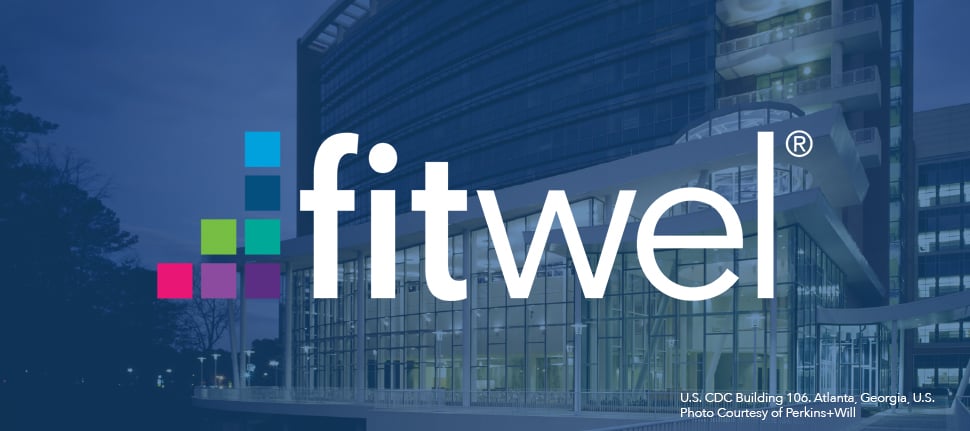
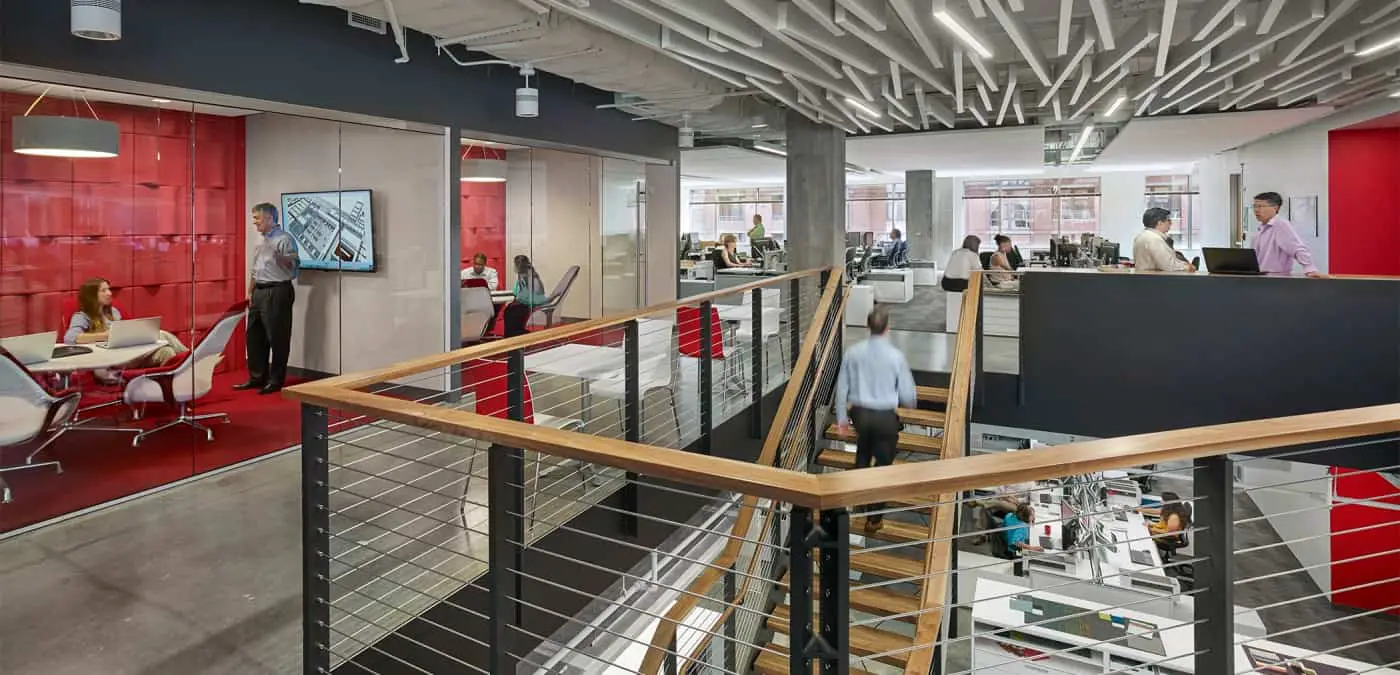
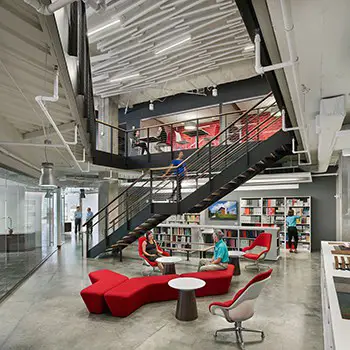
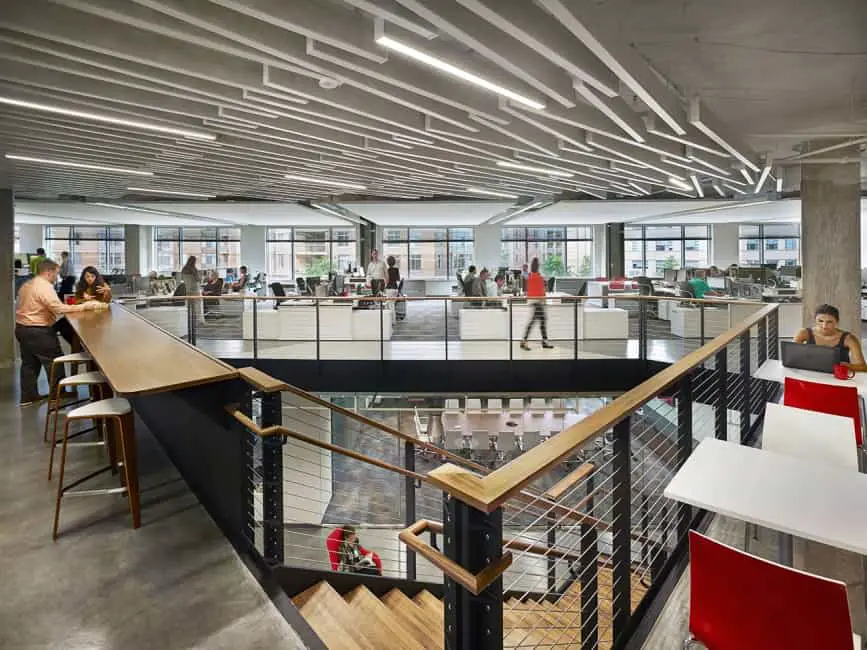

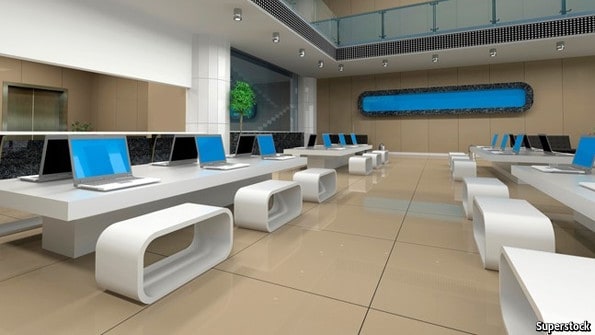
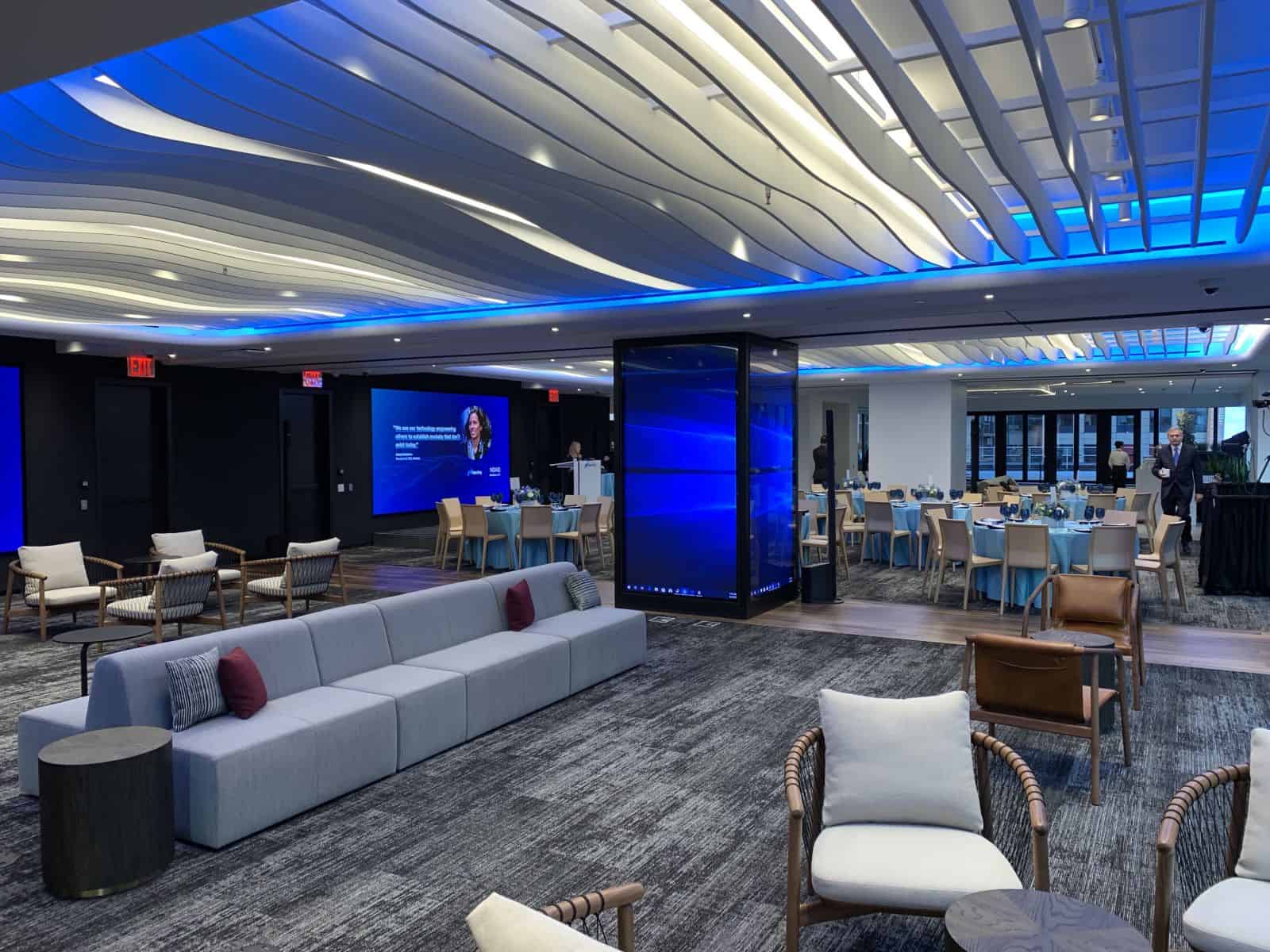


.jpg)

